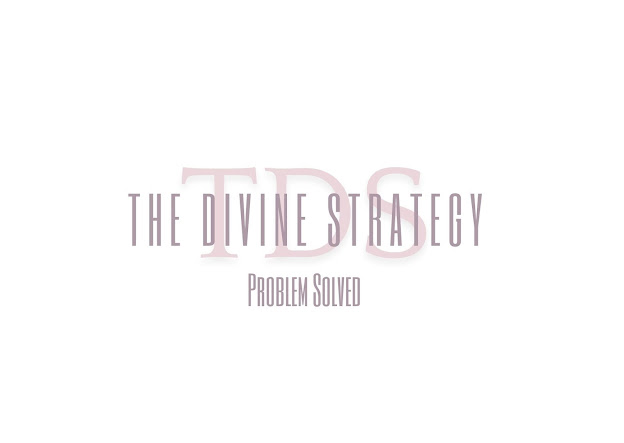Rav Ashkenazi quotes Rav Jonathan Sacks's astounding question: Why does Yom Kippur follow Rosh Hashana instead of preceding it?
The logical sequence would be that only once we have cleansed ourselves from all sin can we begin a New Year, new beginnings, proclaiming H'shem as our King and the King of the universe. The current order of the Chagim has the New Year's celebration first, and only then, ten days later, do we take stock and repent for the year before. Rav Sacks explains that this is because we first have to experience a fresh start with the New Year.
Refreshed and inspired, having committed ourselves to be better and greater than the year before, only then can we go back and ask for forgiveness for our previous indiscretions with dignity and hope for a better future. The commitments and resolutions we make on Rosh Hashana uplift our spirits, allowing us to admit our sins on Yom Kippur and commit to improving. The real process of Teshuvah is to avoid getting stuck in past deeds. It is to evaluate them, take responsibility for them, and find the source behind them, ultimately committing to being better in the future.
Mida 12 and 13
V' Chata- Misechet Yoma explains this midda as Moshe asking H'shem that when the Jewish nation sins, He should please view it as us sinning inadvertently, not with intentions and purposefully.
V'Nake- The most powerful and important mida says the Maharal is H'shem, "Cleansing the sinner from the sin" to the point that no remnants of the sin are found on him.
Communication- With commitment and resolve, we can learn to make these midos a part of our character. By accepting humans as they are, trying to muddle their way through life, and not intentionally out to hurt another, we can learn to judge everyone with the benefit of the doubt and good intentions.
Self-Improvement- The 13 attributes have three functions:
1. To reveal to us the way in which H'shem judges us when we call out to Him.
2. To teach us how we are to judge and react to others.
3. To teach us how we are to view and judge ourselves.
Someone dragging a sack on their back, says Rav Fanger while attempting to climb the mountain of improvement and success, will be weighed down on his journey, continuously falling due to the extra baggage on his heart and mind.
We must learn to forgive others, as well as ourselves, and let go of the past if we ever hope to make it to the peak of the mountain.
Emuna, Bitachon, and Kavanah- The feedback I have received from the workshop focusing on the 13 midos has been inspiring. So many of you have really internalized and worked through the 13 attributes one by one. Some commented that they wrote a personal meaning next to each mida in their Sidur and Machzor, and others have put the exercises into practice, connecting to them on a deeper level. I am confident your tefillah will be much more meaningful and an inspirational experience for all those who have put in the effort to learn and grow through the learning and exercises Count 40 has presented on the 13 Midot Harachamim.
The 13 attributes are beautifully and concisely translated by NCSY Education here: https://s3.amazonaws.com/ncsy-education/13%20Middos%20Workbook.pdf

Comments
Post a Comment